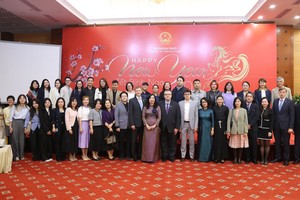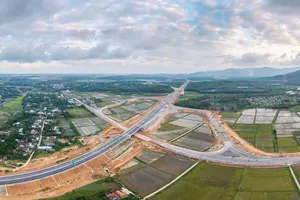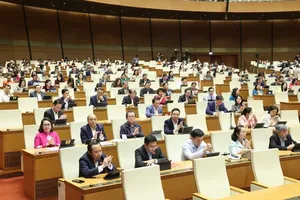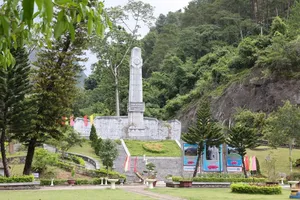
According to the Vietnam Environment Administration, since Vietnam ratified the Convention on Biological Diversity in October 17, 1994, the country has made strides in protecting the nature and biodiversity, building a system of management agencies as well as legal and policy frameworks on biodiversity.
A system of wildlife reserves has been set up, while many endangered species of animals and plants have been protected by the law and through action plans. Vietnam has also sped up the settlement of new issues related to biodiversity conservation such as biological safety, genetic resource access and interest sharing from using genetic resources.
The public awareness of the significance and role of biodiversity to the life and national sustainable development has been improved.
Participants at the event agreed that with diverse terrains, land types, landscapes and climate, Vietnam is one of the countries that have high biodiversity, along with high risks of biodiversity degradation and imbalance, which has directly affected the living environment of people and threatened the country’s sustainable growth.
The protection of biodiversity requires cooperation of many parties and strong engagement of the whole society, with the aim of fulfilling the targets of the Convention on Biological Diversity as well as the national strategy on biodiversity.
Hoang Thi Thanh Nhan, Vice Director of the Department of Nature and Biodiversity Conservation under the Vietnam Environment Administration, said that four major areas in the partnership programme in the 2015-2020 include the building of policies and laws; the protection of endangered species and wildlife trafficking prevention; biodiversity and climate change; and economic tools and community-based conservation.
From May 2018, as the department will also be in charge of protecting natural heritage and biosphere reserves, it needs more cooperation from domestic and foreign partners.
























